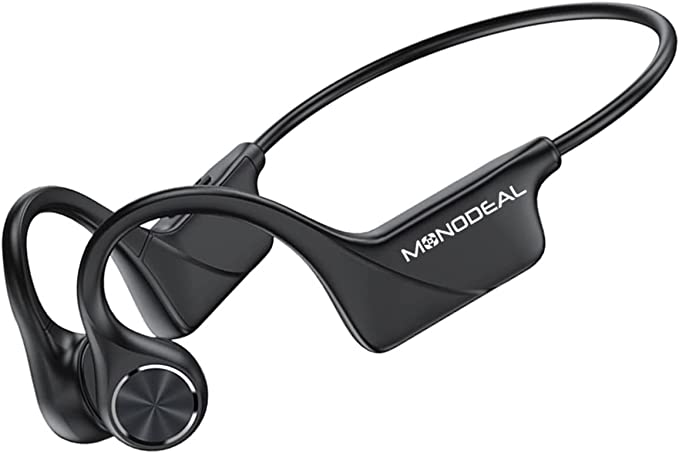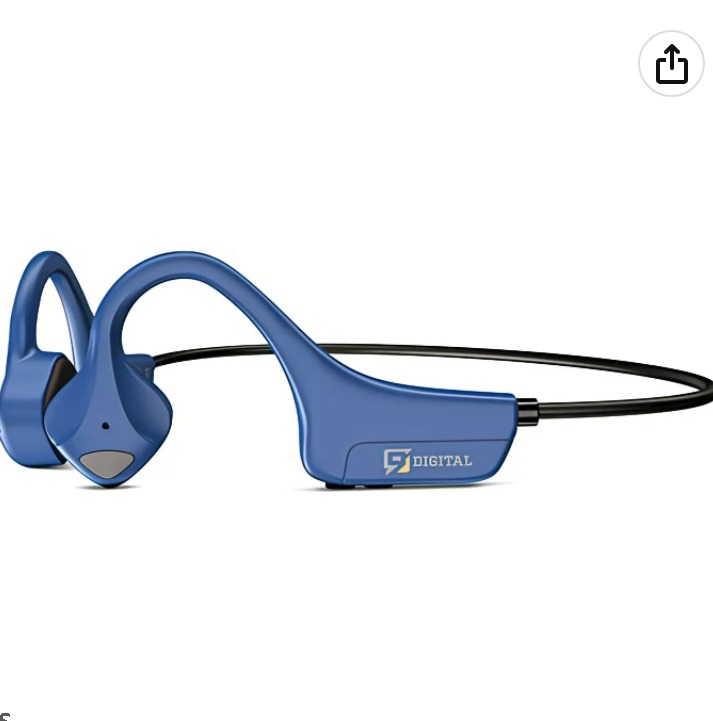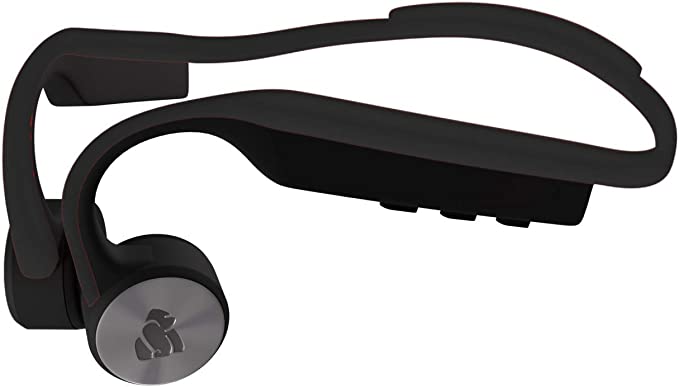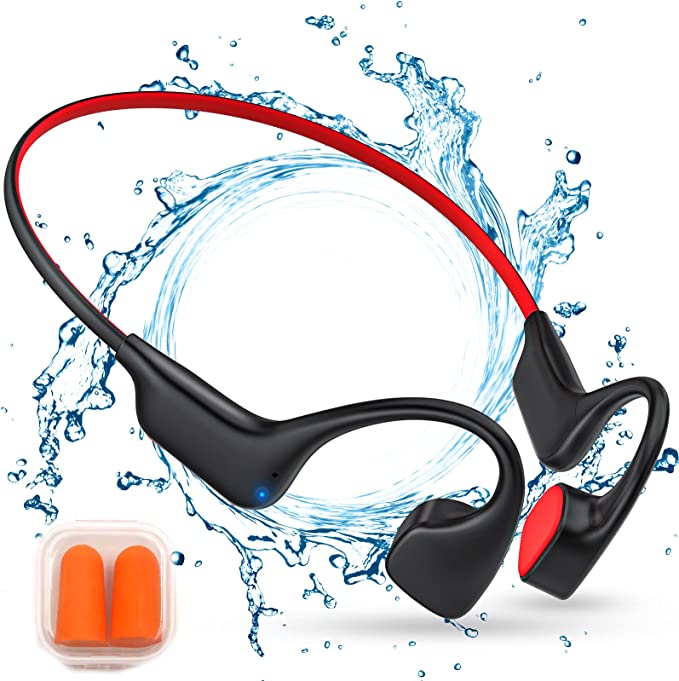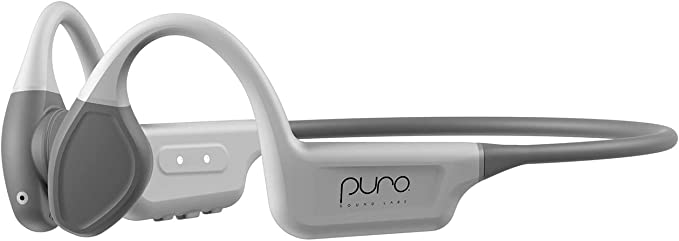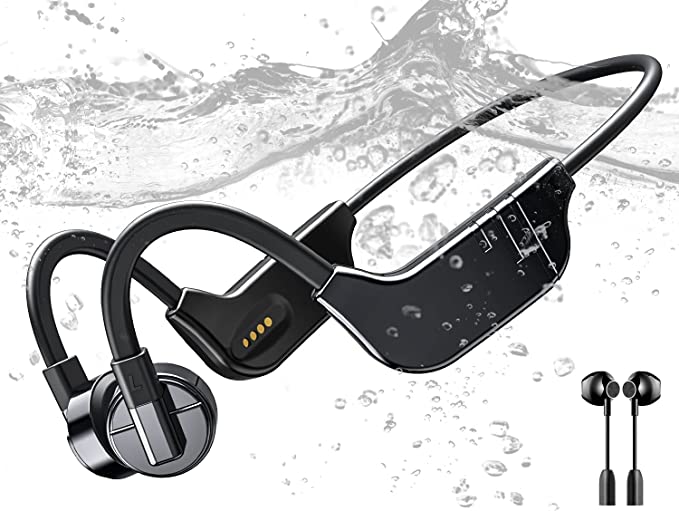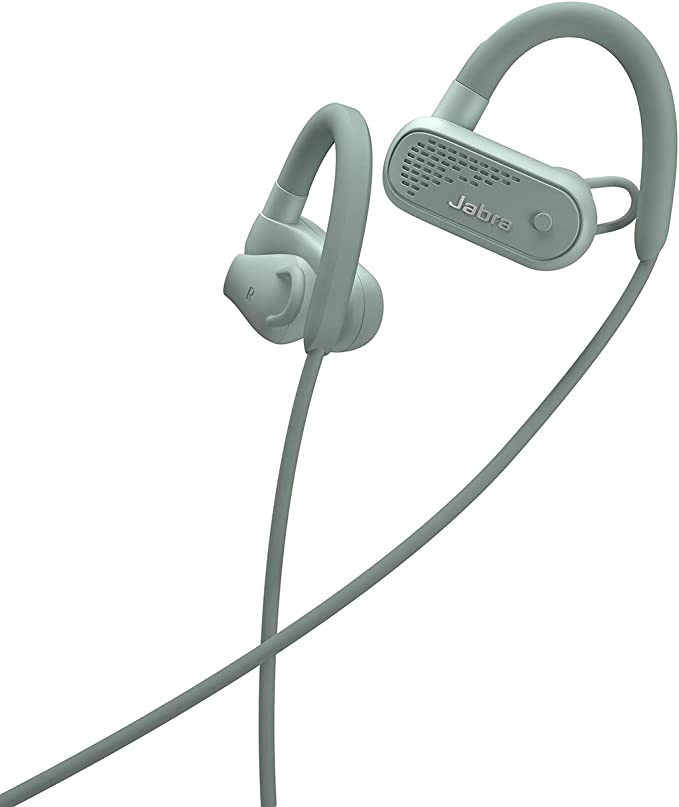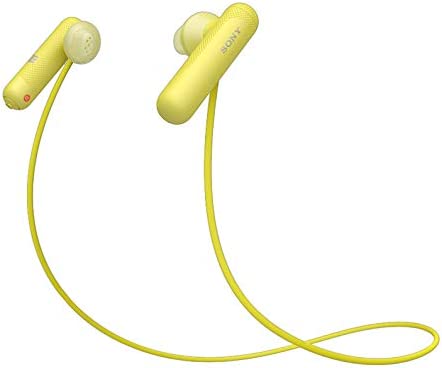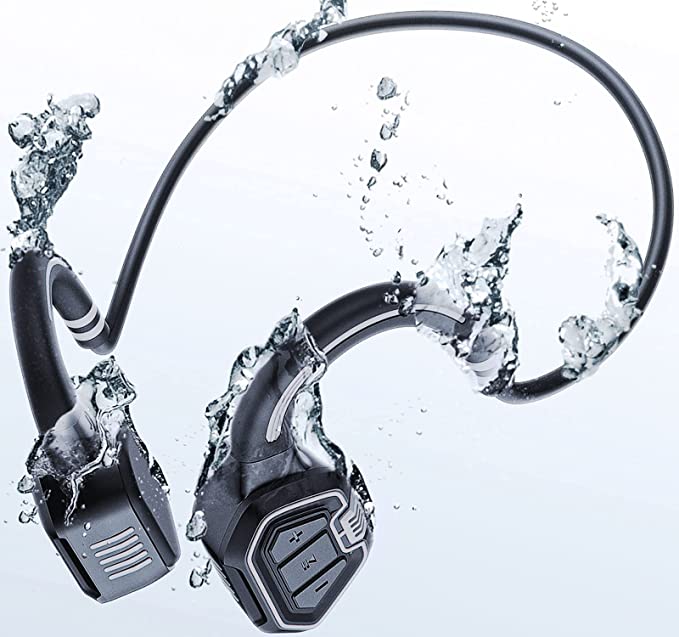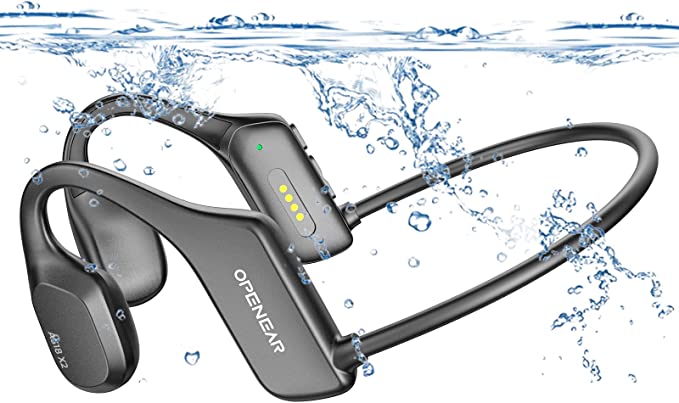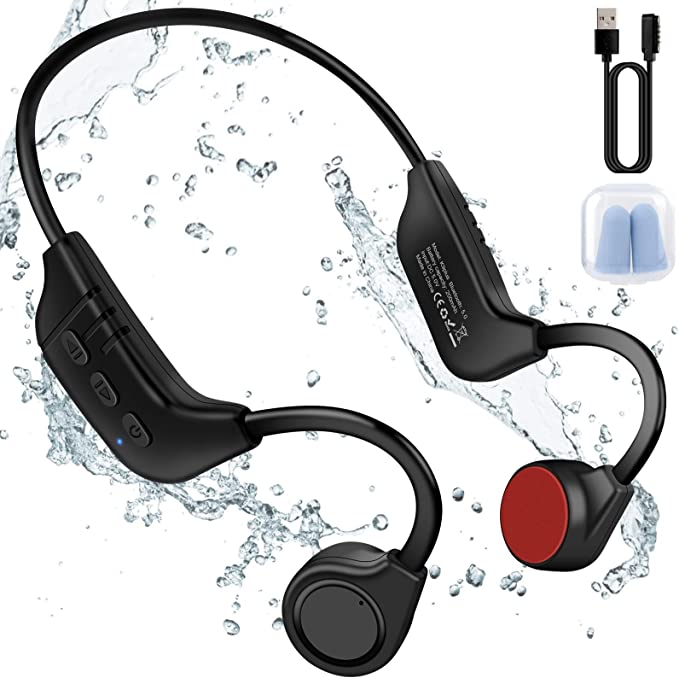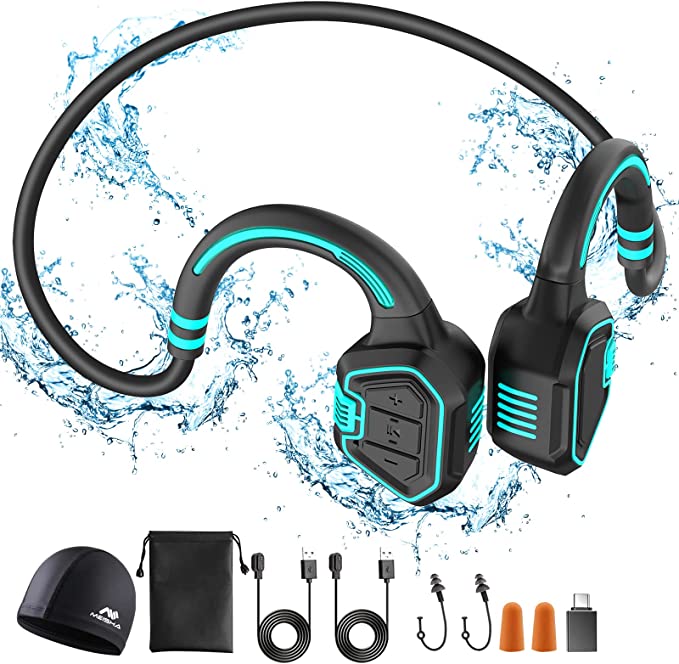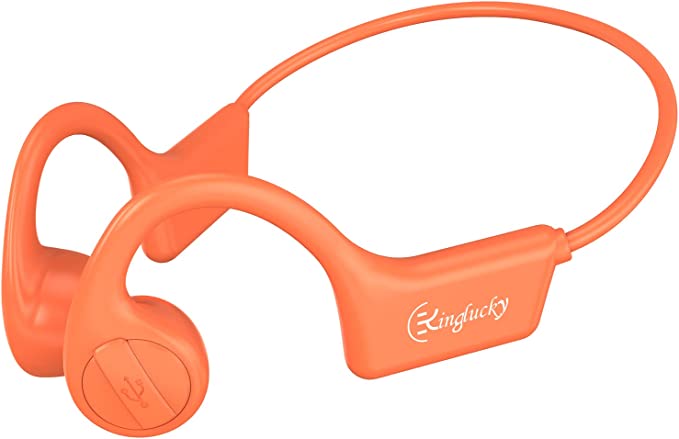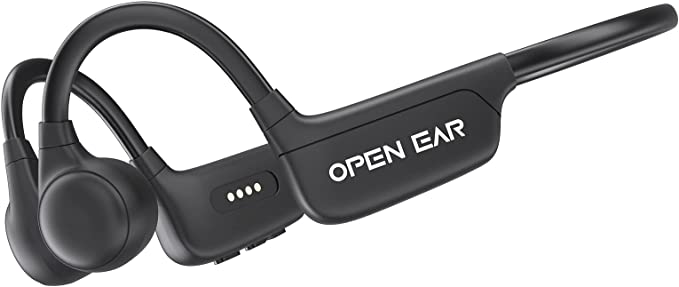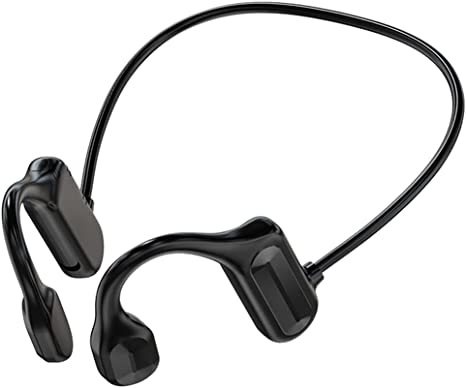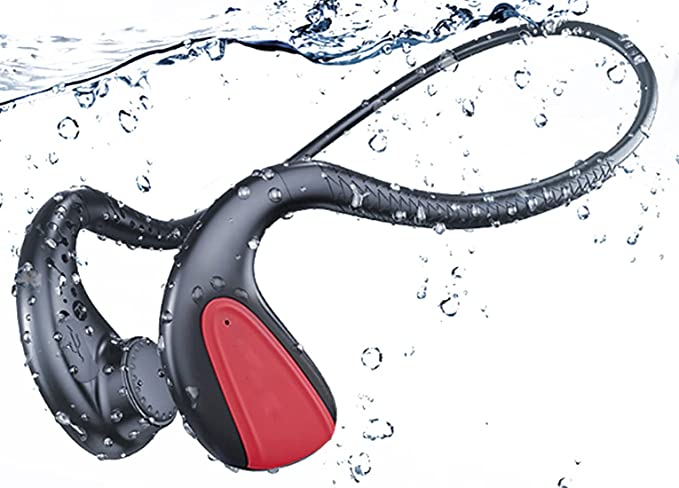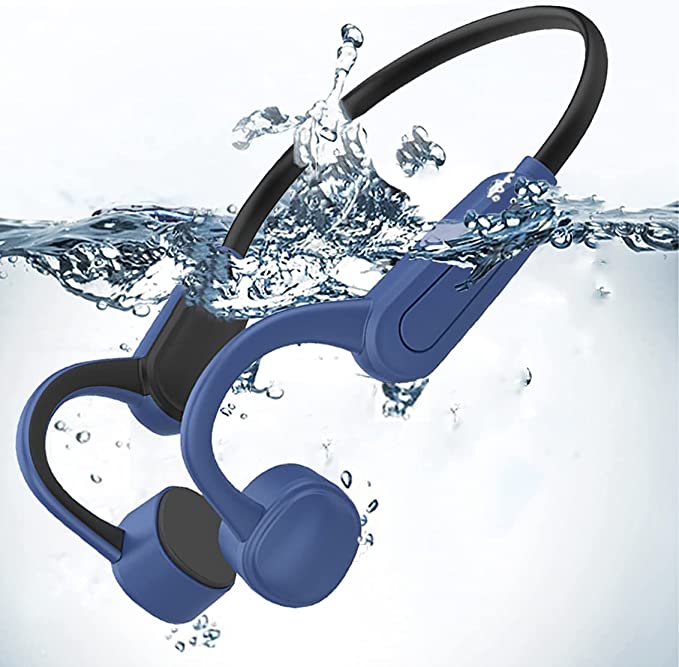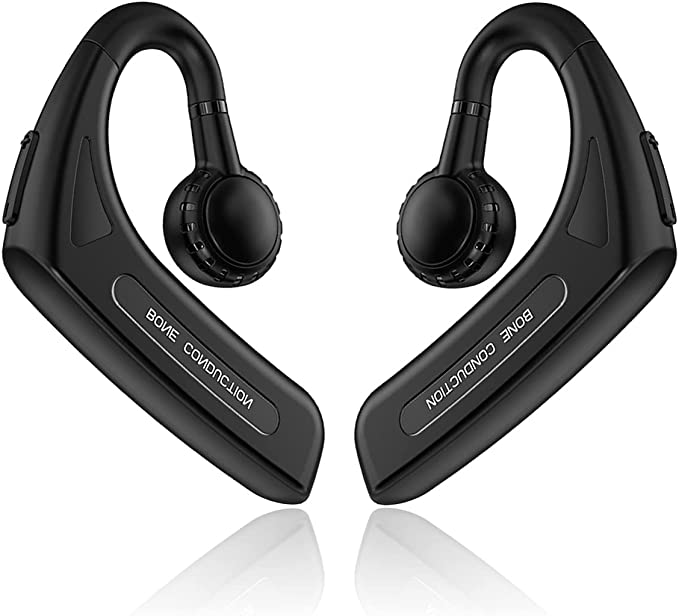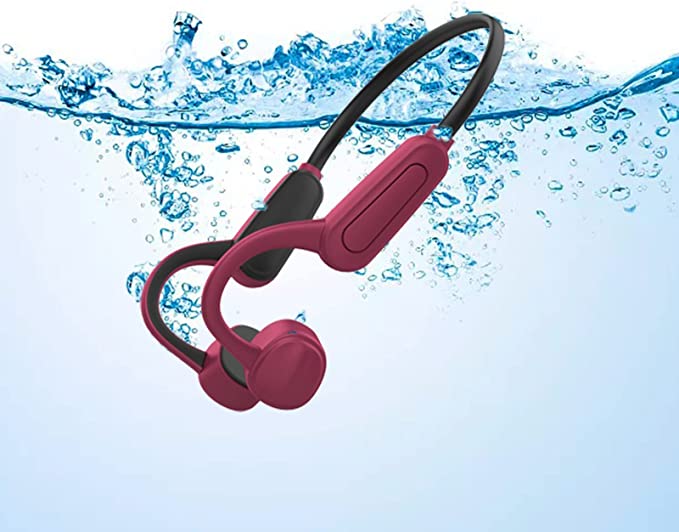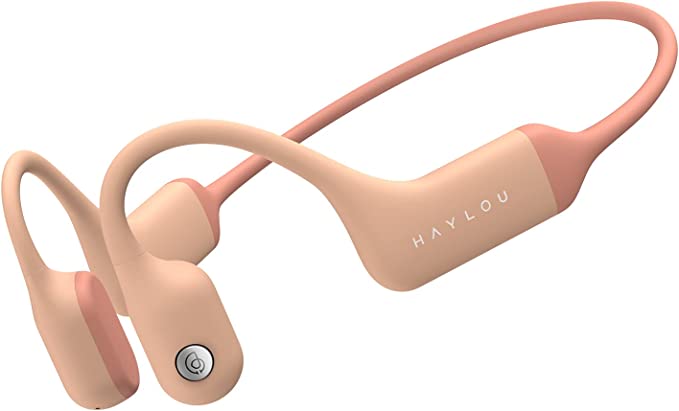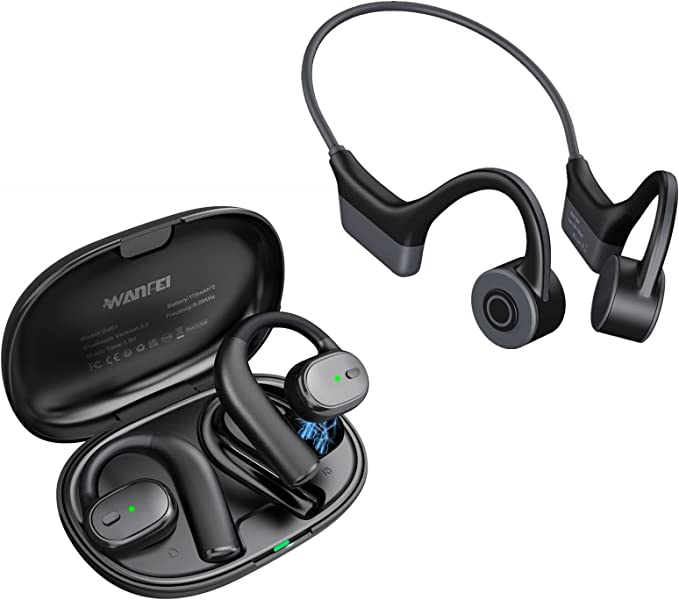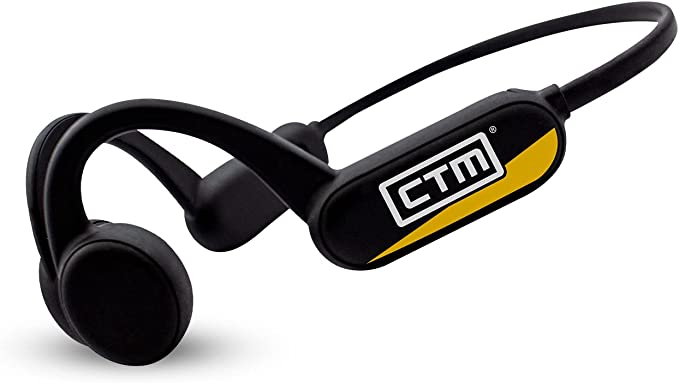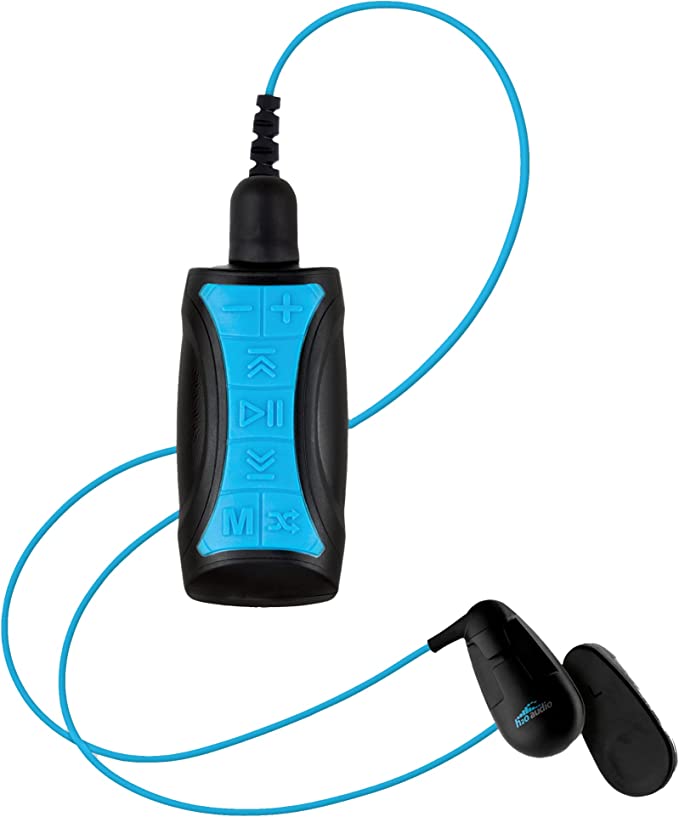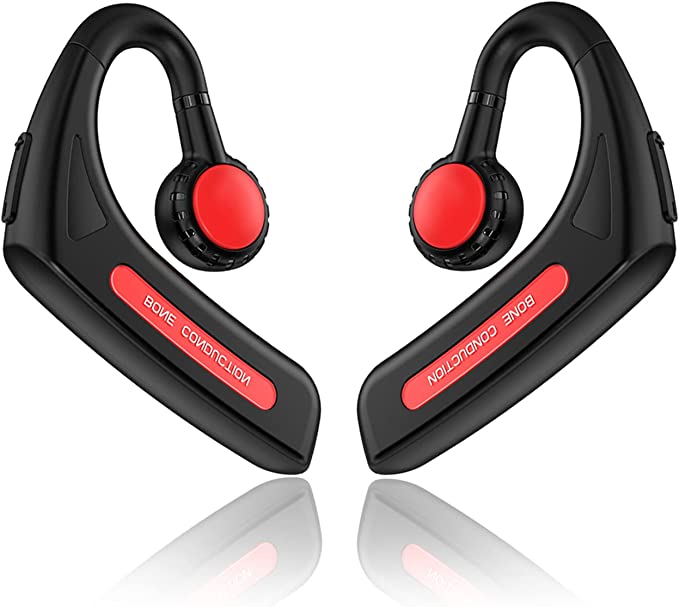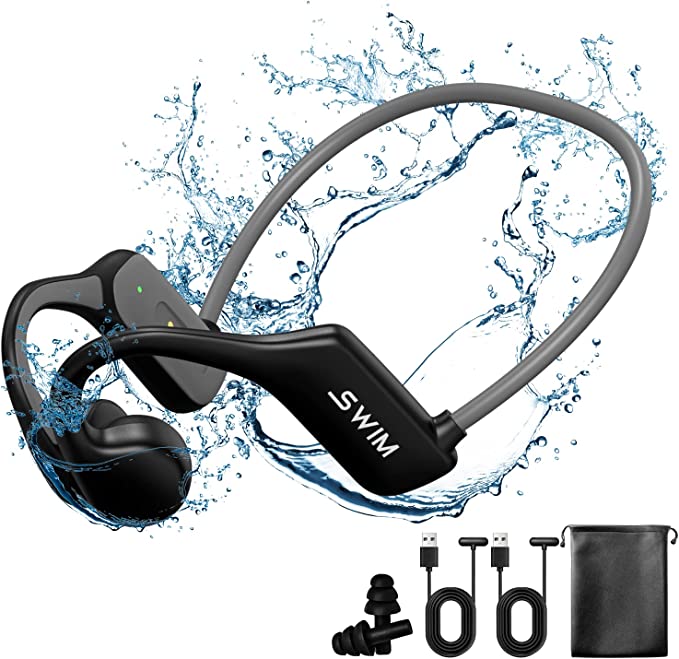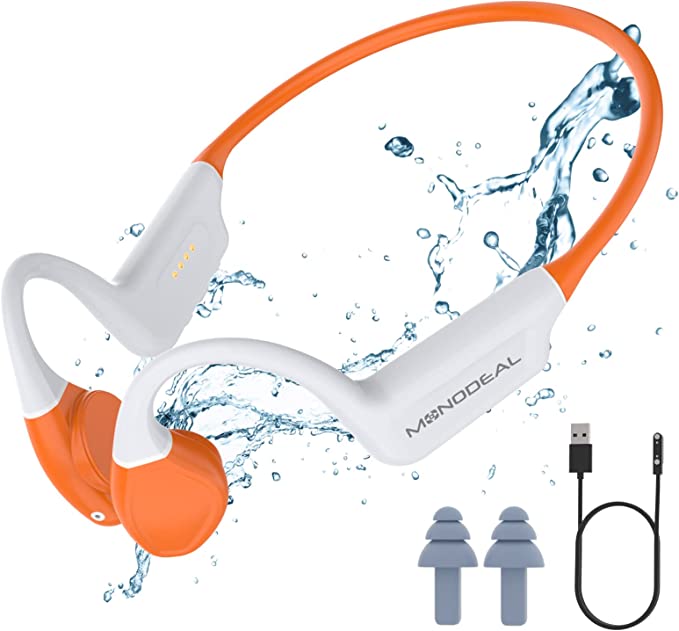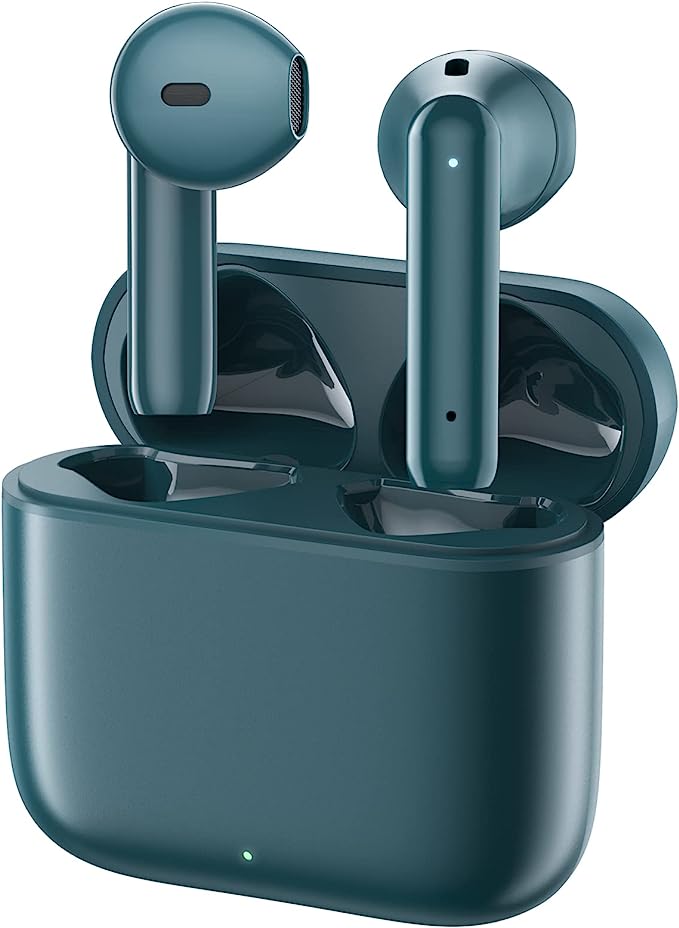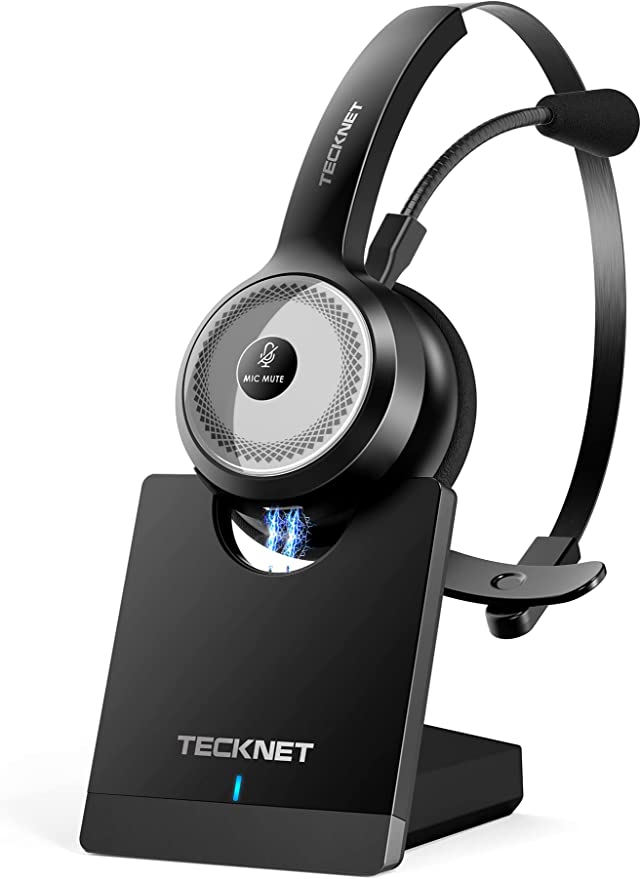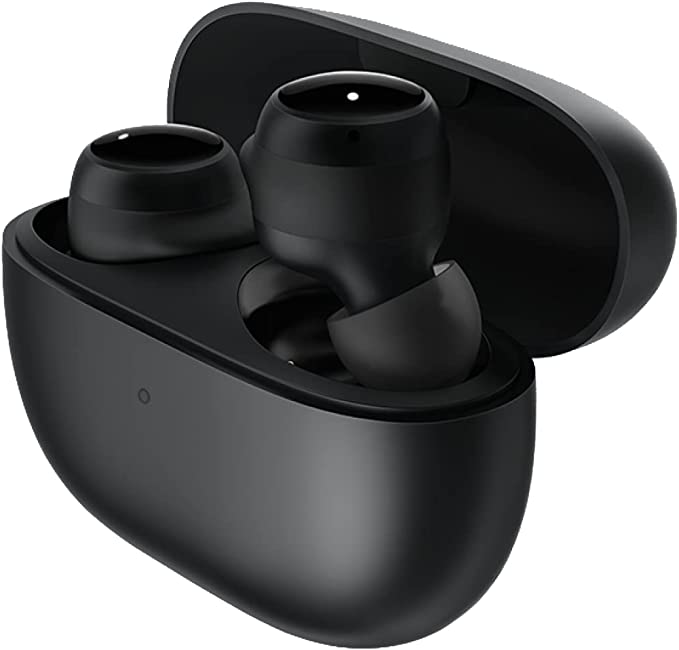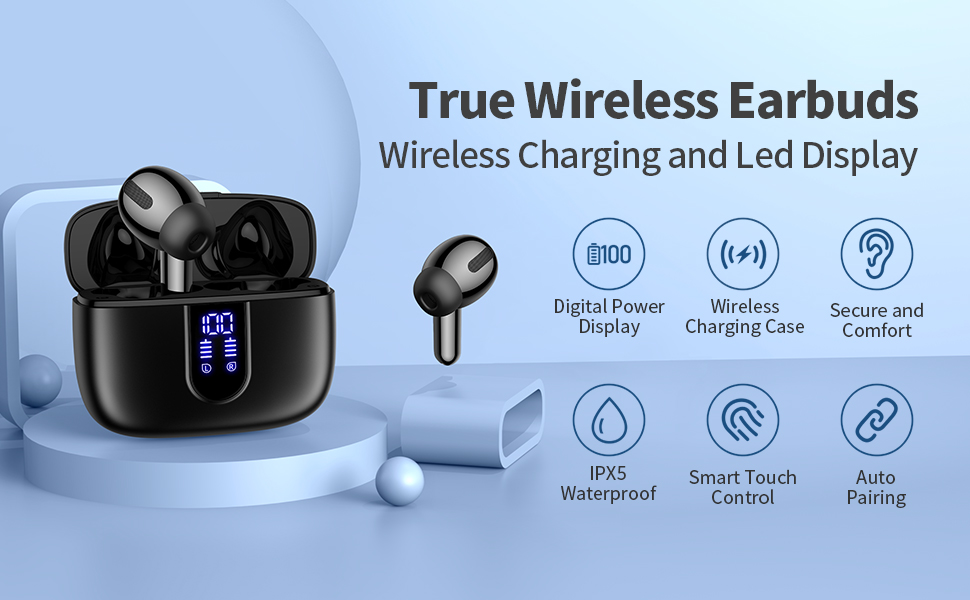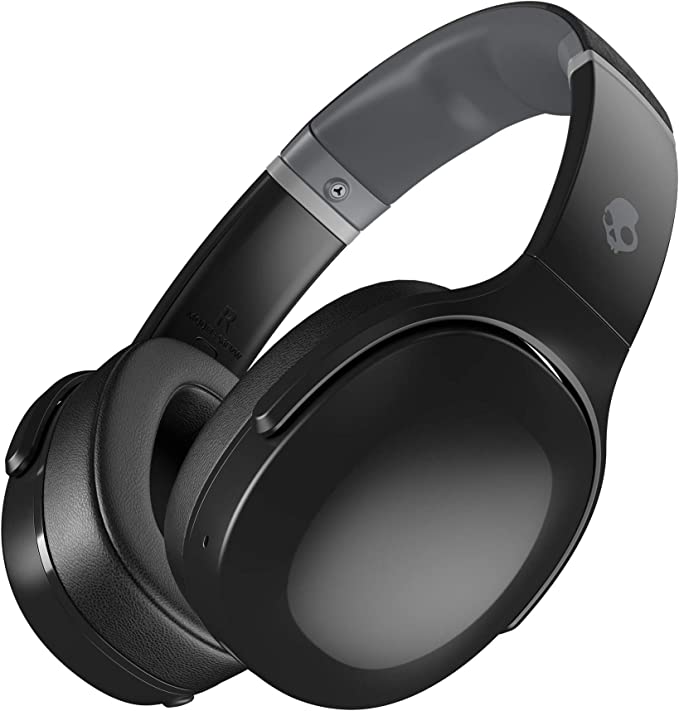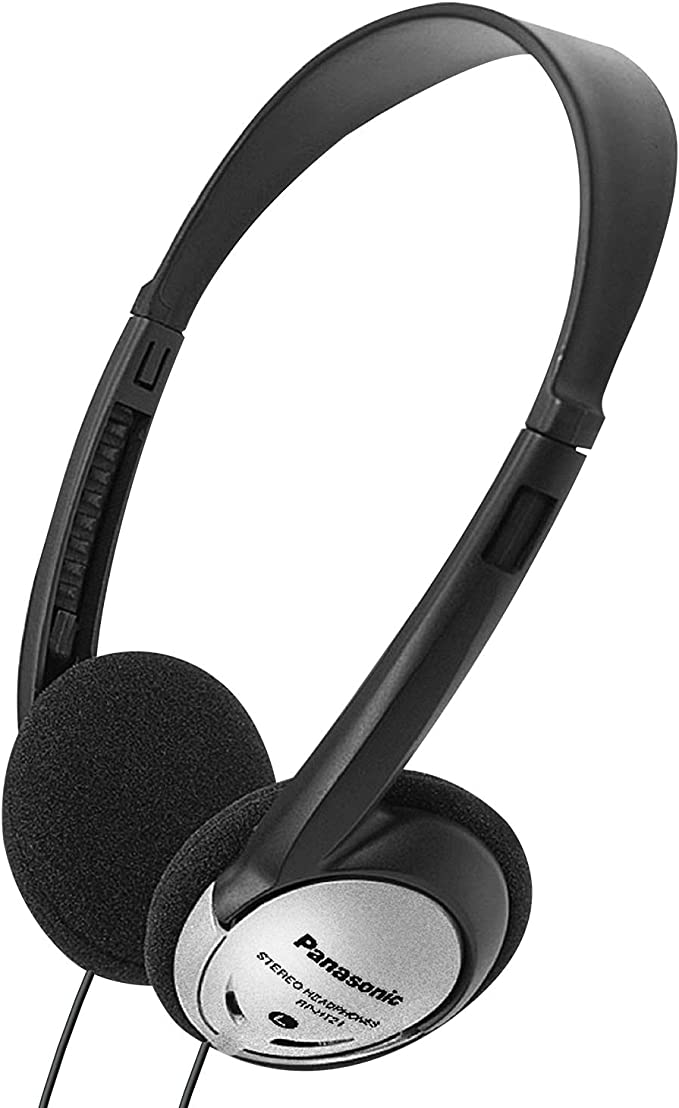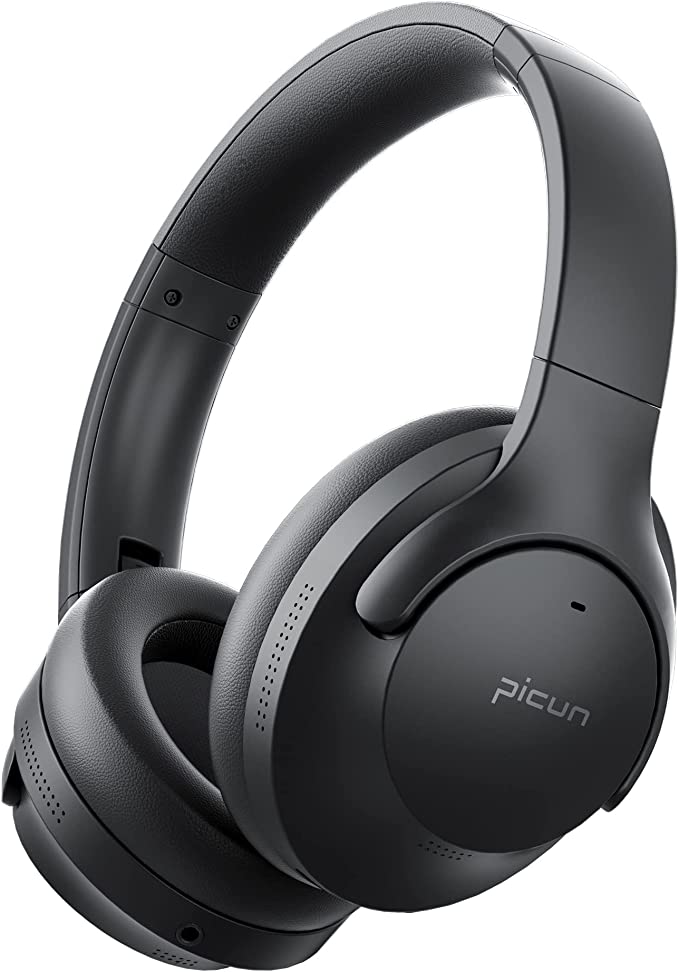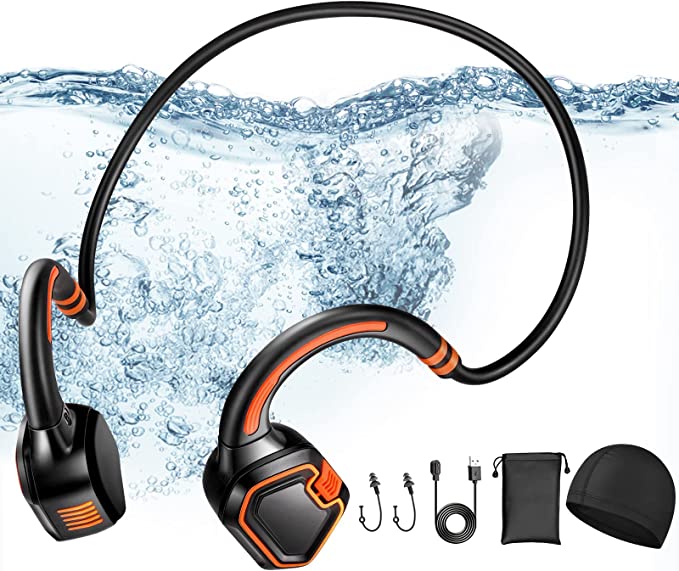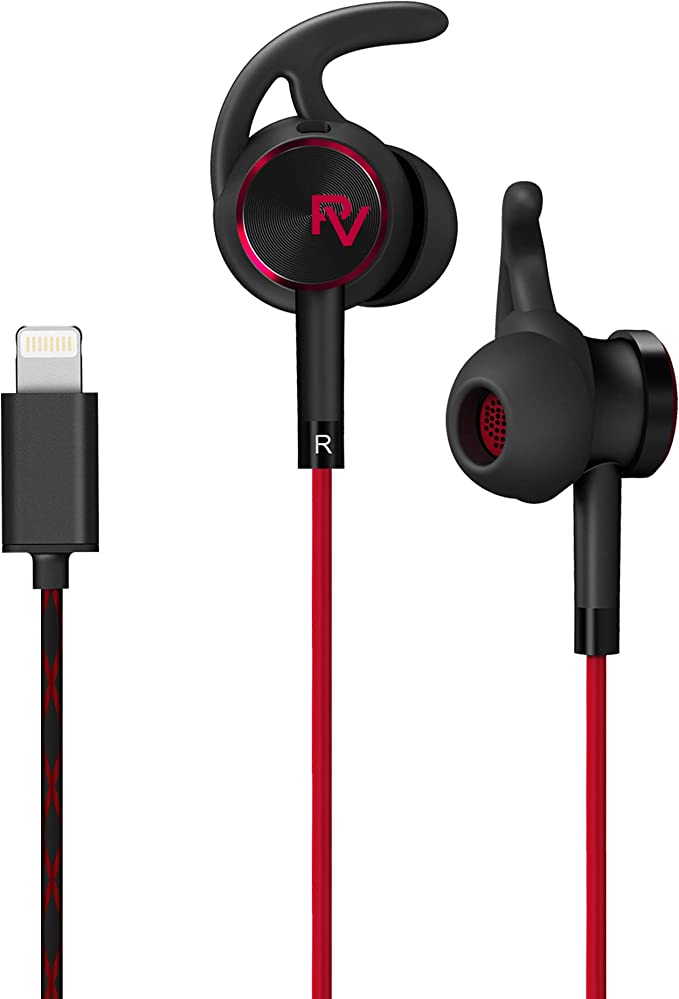Decoding Bone Conduction: The MOJO2's Tackle on Bass, Vibration, and Leakage
Update on Nov. 14, 2025, 9:40 a.m.
For decades, personal audio has been a quest for isolation. From bulky closed-back headphones to noise-canceling earbuds, the goal was to create a perfect, private bubble of sound. But for runners, cyclists, and office multitaskers, this bubble is a problem. It’s a liability.
The open-ear design movement was born from this need, championing situational awareness—the ability to hear your music and the approaching car. The most prominent technology in this space is bone conduction.
Instead of a speaker pushing air into your ear canal, a bone conduction headset rests on your cheekbones. It sends tiny, precisely controlled vibrations through your bones directly to the inner ear (cochlea), completely bypassing the eardrum.
This “first principle” is brilliant: your ear canal remains 100% open to the world. However, this unique physical path creates a “holy trinity” of well-known engineering challenges that have given the technology a mixed reputation: (1) weak bass, (2) weird vibration, and (3) sound leakage.
A new generation of devices, however, is being engineered to tackle these specific problems. Let’s use the mojawa MOJO2 as a case study to decode the physics and the engineering solutions.

The Core Benefit: Why Bother? 5-Star Comfort and Awareness
First, why accept any trade-offs? The “why” is validated by a 5.0/5.0 user comfort rating (from 350 reviews). Traditional earbuds can be painful, especially for users with non-standard ear shapes. As one reviewer put it, “I’ve always had trouble with earphones, because of my ear’s structure they never fit perfectly.”
Bone conduction, being “earbud free,” eliminates this problem. The 26g lightweight “one size fits all” titanium alloy frame is designed to be “compatible with helmets and glasses,” making it the default choice for athletes who prioritize safety and comfort above all else.
The Paradox of Bass vs. Vibration
This is the biggest hurdle for bone conduction. How do you reproduce a “deep bass” note, which is a low-frequency sound wave, using vibration?
The Problem: You can’t, not really. To our ears, low-frequency audio and physical vibration are processed very differently. Early bone conduction models were notorious for “weak bass” because, in an attempt to avoid the “vibration” feeling, they simply filtered out those low frequencies.
The Engineering Claim: The mojawa MOJO2 claims to solve this with its “patented 3rd generation Maglev-Bass”. It states this technology “provides added oscillators in the low-frequency range, bringing out the details of the bass with punching intensity.”
The First-Principles Reality: What does this “Maglev-Bass” really do? Let’s look at the user feedback. One user (“Spencer Andrus”) provides the perfect analysis:
“you really can’t hear the bass. The headphones just vibrate more on bass notes so you tend to feel the bass rather than hear it. That can get kind of annoying… It feels like a massager rubbing up against your head.”
This isn’t a failure of the tech; it’s the reality of it. The MOJO2’s “Maglev-Bass” doesn’t magically create eardrum-thumping bass. Instead, it seems to be a more powerful, controlled transducer that embraces the vibration. It turns “muddy, unfocused vibration” into a “punchy, intense” haptic feedback that is timed with the bass. It’s a “bass you can feel.” For some, this is a gimmick. For athletes, this “massager” effect can be a motivating tactile pulse that enhances a workout. This is the central trade-off you must accept.

The Privacy Problem: Decoding Sound Leakage
The second major complaint about bone conduction is sound leakage. If the device vibrates your whole skull, doesn’t your skull vibrate the air around you? Yes.
The Problem: At high volumes, older models would “leak” sound, making them unusable in a quiet office.
The Engineering Claim: The MOJO2 claims its “patented algorithm and Maglev-Bass actuator drastically reduces sound leakage by up to 90%.”
The First-Principles Reality: This claim appears to be largely successful, based on user validation. One reviewer, who was new to the technology, noted:
“I thought everybody would be able to hear what I was listening to, but nope! Great for work, exercise, and everyday use!”
This suggests that the engineering—likely by focusing the vibrations more efficiently and using specific counter-phase algorithms—has managed to solve one of the category’s most significant social drawbacks.

The Athlete’s Gauntlet: IP67 and Real-World Durability
A headset for running and cycling must be durable. The MOJO2’s specs are, on paper, excellent.
The Engineering Claim: An IP67 rating and a titanium alloy frame. * IP67 Decoded: The “6” means it is completely dust-tight. The “7” means it is waterproof against temporary immersion (up to 1 meter for 30 minutes). This is more than enough to handle “rain, dust, and sweat” and can be rinsed off. The manufacturer is correct to warn it is “not suitable for swimming,” as that requires a higher IP68 rating. * Titanium: This provides flexibility and durability for the 360-degree rotating neckband.
The First-Principles Reality: While the specs are high, lightweight electronics are still prone to failure. One user (“Spencer Andrus”) updated his review after 6 months, stating the “right ear bud started losing audio… don’t think these are worth it if they only last around 5 months.” This is a crucial, real-world data point. An IP67 rating stops water, but it doesn’t guarantee the long-term resilience of internal solder joints and drivers against the combined stress of daily use, physical impacts, and the corrosiveness of sweat.

Coda: An Evolved Tool for a Specific Job
Bone conduction is not an “audiophile” technology. It is a “situational awareness” technology. It is an engineered trade-off that prioritizes comfort (5.0 stars) and safety over audio purity (3.9 stars).
The mojawa MOJO2 is a clear case study in the maturation of this category. It doesn’t solve the bass-vs-vibration paradox, but it tackles it head-on with “Maglev-Bass,” turning it into a “punchy” feature. It does appear to solve the sound leakage problem, a massive win for daily usability. And it offers the high-end durability specs (IP67, Titanium) required for its target audience, even if real-world longevity can be a gamble.
For the runner, cyclist, or multitasker who hates in-ear buds and needs to hear the world, the MOJO2 represents a serious, innovative, and compelling solution.

